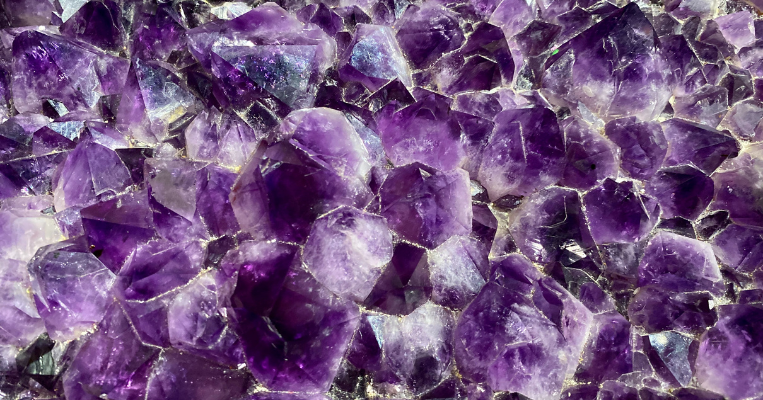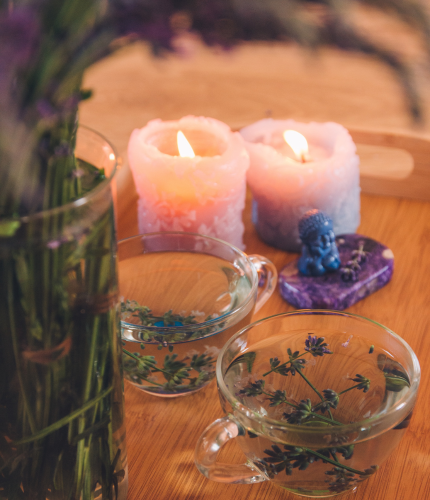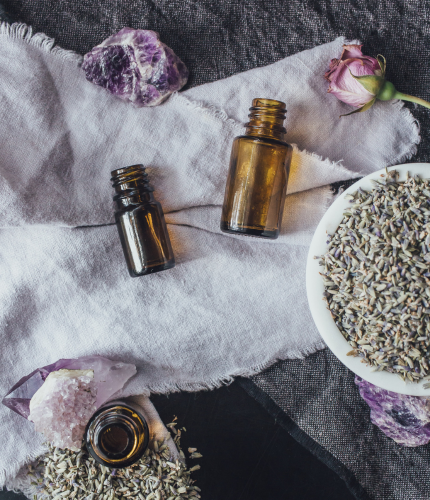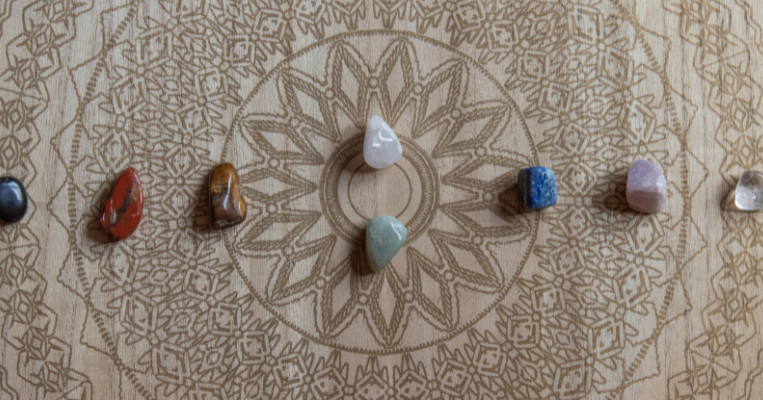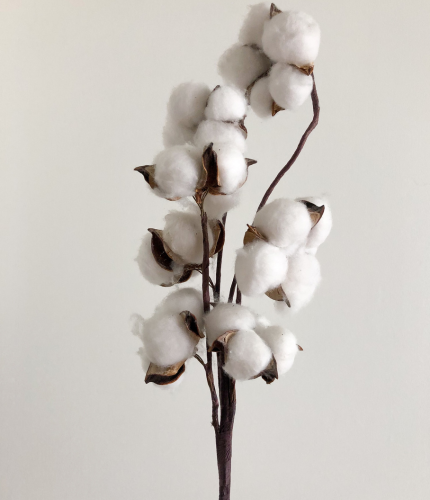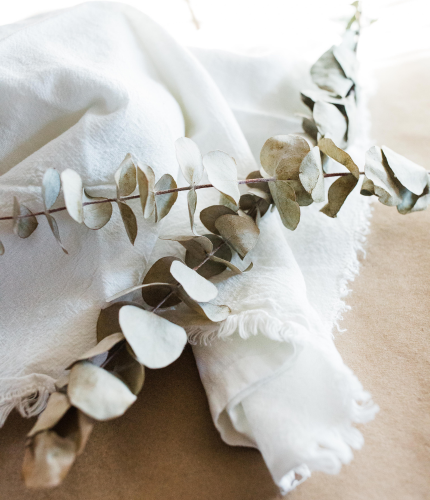
30 June 2023
The Ho'oponopono Mantra Method
An ancient Hawaiian spiritual practice, Ho’oponopono is a set of profound healing mantras that can shift your mindset from a fixed one of lack to a growth mindset built on love. Based on principles of interconnectedness and compassion, the practice holds a mirror up to ourselves and asks us to take and share responsibility no matter what has happened.
Accepting responsibility is being honest with yourself about your fixed mindset. Whether consciously or not, you are responsible for your thoughts, actions and feelings. Instead of allowing limiting beliefs to take control, acknowledge them and take responsibility. From there, you can transform your mindset.
There are four simple steps to the Ho’oponopono method: Repentance, Forgiveness, Gratitude and Love. While Ho’oponopono is used to heal problems outside of yourself, it can be easier to start by choosing something you already know you have caused. This could be an addiction, a sullied relationship or negative behaviour patterns.
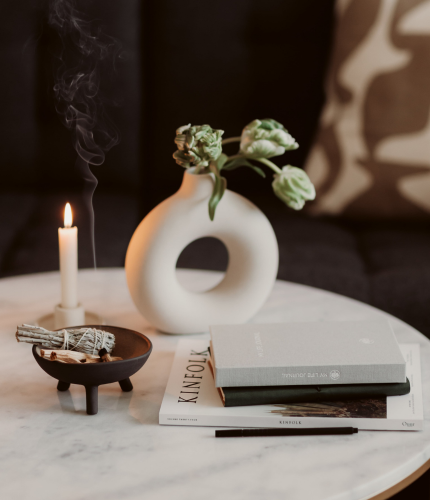

In my Ho’oponopono practice, I like to begin by smudging my space with sage and lighting a white candle. Then I visualise the person I want to forgive and let go and chant the mantra to them. Sometimes I also incorporate cord cutting as a physical manifestation of releasing what no longer serves my highest self. I find it helpful to follow guided meditations like this one to harness the full potential of this powerful healing mantra.
To begin your own Ho’oponopono ritual, bring to mind the issue or relationship you want to heal and build a deeper connection. Centre yourself, breathe deeply, visualise the person (or yourself) and imagine golden light filling your heart with compassion, gratitude and love. Imagine the golden light overflowing and pouring into the person in front of you as you repeat the mantra steps below.
Step One – Repentance
Once you identify what you need to heal, you must take responsibility by apologising. Say you are sorry and mean it. Really feel it in your heart that you are sorry. Feel remorse that something in your consciousness (whether aware or not) caused the issue you wish to heal.
Step Two – Forgiveness
Hold onto the remorse you now feel and ask for forgiveness. It doesn’t matter whether you ask yourself, a particular person or the universe, just ask to be forgiven. Repeat this until you feel it wholeheartedly.
Step Three – Gratitude
Again, it doesn’t matter who you direct your thanks to, but be grateful. Say thank you to whatever it was that just forgave you. Repeat until you feel it.
Step Four – Love
Love is the most powerful force, so tap into it. Say “I love you” to anything you feel called to. Shower yourself in love, your home, your friends and family, the air you breathe and the challenges you face. Allow the love to pour in and out of you.

Ho’oponopono offers a profound path to healing and transformation. By embracing the principles of interconnectedness, compassion, and responsibility, we can shift our mindset from lack to love. Starting with ourselves, we take ownership of our thoughts, actions, and feelings, paving the way for inner growth and harmony.
Through the four steps of Repentance, Forgiveness, Gratitude, and Love, we engage in a powerful process of self-reflection and reconciliation. By chanting the healing mantras, and visualising and sending golden light, we cultivate compassion, forgiveness, and gratitude towards ourselves and others. With each repetition, we invite healing into our lives and foster a deep sense of love and connection.





